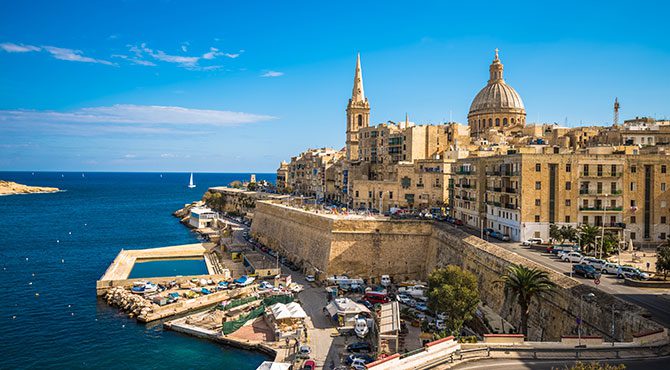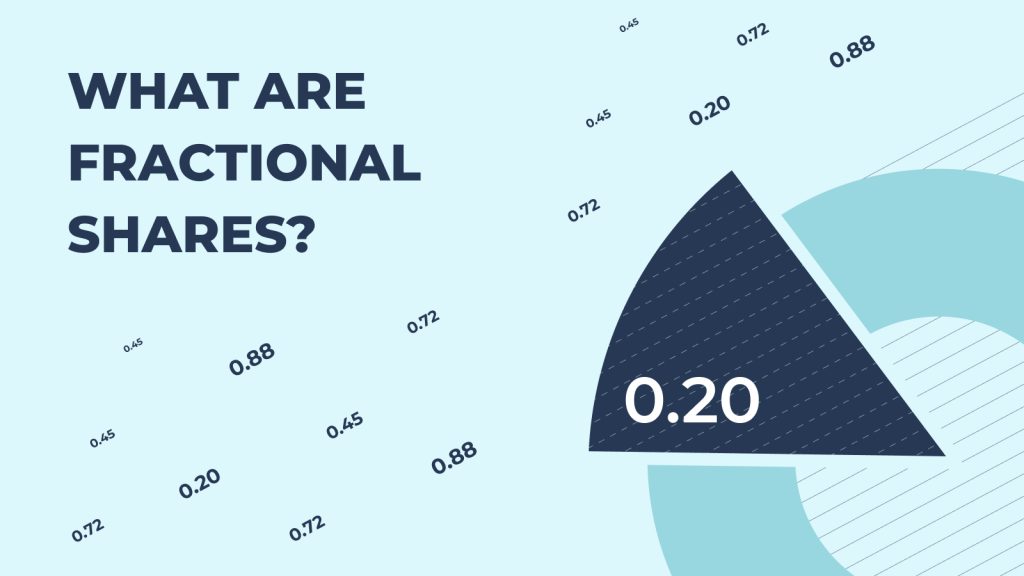Black caviar, often considered one of the most luxurious and exclusive delicacies in the world, is synonymous with wealth and sophistication. But what exactly makes this tiny, salty treasure so expensive? Let’s dive into the fascinating world of black caviar and explore why it remains such a sought-after item in gourmet cuisine.
The Complex Production of Black Caviar
Caviar is harvested from the roe (eggs) of sturgeon fish, which are ancient species dating back over 250 million years. The most prized variety, black caviar, comes from three main types of sturgeon: Beluga, Osetra, and Sevruga. The process of obtaining black caviar is not only time-consuming but also requires a great deal of care and expertise. Female sturgeons take anywhere from 8 to 20 years to mature before they can produce eggs, which is one of the main reasons behind its scarcity and high price.
Additionally, black caviar production is a delicate process that involves carefully extracting the eggs, salting them to preserve flavor, and packaging them for consumption. The attention to detail at every stage of this process ensures that the final product meets the highest quality standards, but it also drives up the cost.
For those interested in tasting the finest varieties of black caviar, Gourmet Food Store offers an exceptional selection of black caviar that captures the true essence of this luxurious delicacy.
Rarity and Legal Restrictions
One of the most significant factors affecting the price of black caviar is its rarity. Sturgeon are not only slow to mature, but they are also endangered due to overfishing, habitat destruction, and poaching. As a result, many countries have imposed strict regulations on caviar production to protect sturgeon populations from further decline. For instance, the Convention on International Trade in Endangered Species (CITES) has placed restrictions on the trade of wild sturgeon caviar to ensure sustainability.
These legal limitations mean that much of the caviar available today comes from farm-raised sturgeon, a practice that requires large investments in infrastructure, technology, and time. Farming sturgeon in a controlled environment ensures the protection of wild populations, but it is a costly process that contributes to the overall price of black caviar.
Factors Influencing the Price of Black Caviar
Several key factors drive the high cost of black caviar:
- Long Maturation Period: Sturgeon take many years to mature, which means that caviar producers must invest a significant amount of time and resources before they can harvest the eggs.
- Endangered Species: With many species of sturgeon being endangered, the scarcity of the fish itself makes caviar a limited resource.
- Strict Regulations: Legal restrictions on fishing and trade further limit the supply, driving up the price.
- Labor-Intensive Process: Harvesting and processing caviar requires skilled labor, which adds to production costs.
Why is Black Caviar So Prized?
In addition to its rarity, black caviar is highly prized for its unique flavor and texture. The eggs are delicate, with a smooth, buttery texture that bursts in your mouth, delivering a briny yet rich flavor. Each type of sturgeon produces slightly different roe, contributing to a range of tastes from creamy and mild to more intense and nutty flavors.
Caviar is often enjoyed as a luxury food, served on blinis (small pancakes), toast points, or simply by the spoonful. In fine dining, it is used to elevate dishes with its sophisticated taste, and it pairs perfectly with champagne or vodka. The allure of black caviar lies in both its sensory experience and its association with wealth and exclusivity.
Legal Caviar vs. Poaching
Illegal poaching has been a significant issue in the world of black caviar. In the past, wild sturgeon were overfished, leading to a dramatic decline in their populations. Today, many governments strictly control the fishing of wild sturgeon, and most black caviar comes from sustainable farms where sturgeon are bred and raised in captivity. Farm-raised caviar is not only legal but often of higher quality due to the controlled environments in which the fish are raised.
When purchasing caviar, it’s crucial to ensure it comes from a reputable source that follows legal and ethical standards. This guarantees not only the quality of the product but also helps in the conservation efforts for wild sturgeon populations.
Popular Types of Black Caviar
There are several types of black caviar, each with its own unique characteristics:
- Beluga Caviar
Beluga caviar is the rarest and most expensive type of black caviar, known for its large, soft eggs and delicate flavor. It has a buttery, creamy taste that is highly sought after by caviar connoisseurs. - Osetra Caviar
Osetra caviar comes from the Russian sturgeon and is known for its medium-sized eggs and rich, nutty flavor. It is slightly less expensive than Beluga but still highly prized for its quality. - Sevruga Caviar
Sevruga caviar is the smallest and most affordable of the three major types, but it still offers a bold, intense flavor that many people love. Its smaller eggs make it a popular choice for those seeking a more affordable option without compromising on taste.
Black caviar’s high price is a reflection of its rarity, the time-intensive production process, and the strict regulations in place to protect sturgeon populations. While farm-raised black caviar ensures sustainability, the cost remains high due to the effort involved in its production. Whether enjoyed as a special treat or a gourmet ingredient, black caviar continues to be one of the world’s most coveted delicacies.


















